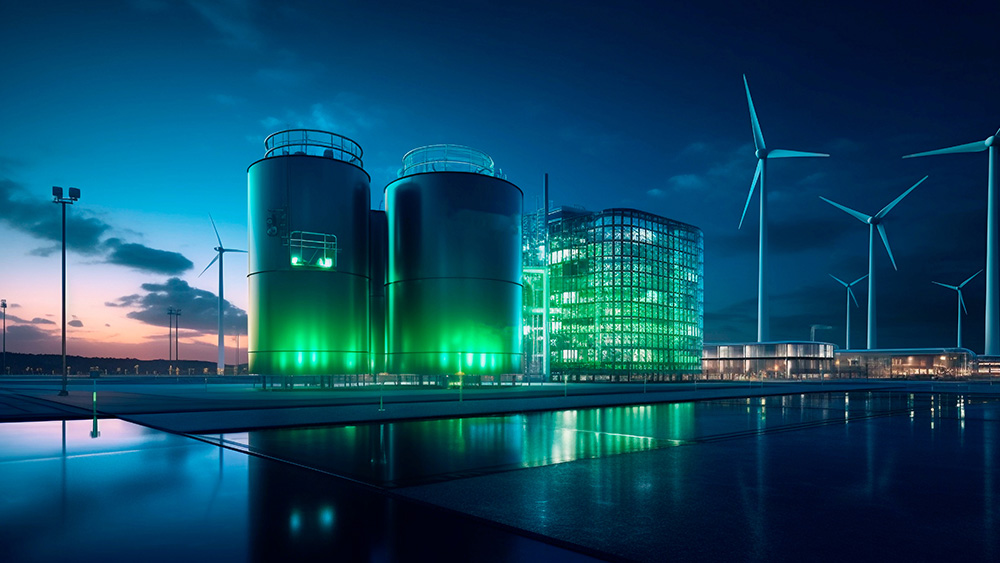
Ambulances would benefit from electrification
Since ambulances spend most of the day parked and are mostly limited to certain jurisdictions that limit how far they are going to travel for a single trip, it makes sense to develop electric ambulances. After all, electric ambulances won't have multiple stops, nor will they carry multiple passengers that require them to travel across the city. (Related: Novel electric motor brings electric passenger airplanes a step closer to reality.) Electric ambulances only need to travel from the hospital to a patient and back again as fast as possible. Once an electric ambulance has safely taken patients back to the hospital, it can be charged for as long as it needs to before being taken on another trip. When the fourth-generation Class 3 electric van was launched in December 2020, Lightning eMotors CEO Time Reeser, explained that Class 3 vehicles like ambulances, cargo vans and passenger vans, often used by commercial and government fleets, would benefit from electrification. Reeser also said that as the only manufacturer to offer a CARB-certified (California Air Resources Board) electric van in the Class 3 segment, REV Group gas sold more all-electric commercial EVs than any other vehicle manufacturer in America to date. He added that electrification is "reaching all different types of fleet vehicles, and ambulances are a logical next step." Reeser continued that, unlike gas cars, electric cars are zero-emission. They're also "powerful, smooth, and quiet," something that drivers will appreciate. And because the electric ambulances are fully electric, they don't have tailpipe emissions, making them a healthier choice for the environment. Reeser concluded that this new battery technology and other upgrades give the electric cars the range, power and features at a price that allows customers to efficiently "scale up their electric fleets." Rod Rushing, President and CEO of REV Group, shared that the company aims to continuously help "improve the quality of life" for its customers and communities. REV Group is committed to investing "in innovative technology and leading in the electrification of commercial vehicles," said Rushing. The electric ambulance chassis for the partnership will be produced by Lightning eMotors in Loveland, Colorado. The rest of the vehicle will be assembled at a Leader factory in South El Monte, California. Lightning eMotors is increasing production capacity at its Colorado facility this 2021. The company aims to reach a production capacity of 1,000 electric commercial EVs per year by the end of 2021, with an ambitious mid-term goal to reach a production capacity of 20,000 vehicles per year by 2025. Visit Inventions.news for more articles about electric vehicles and other eco-friendly inventions. Sources include: CleanTechnica.com BusinessWire.comReport: All new US cars and trucks can be electric by 2035, claim green energy advocates
By Divina Ramirez // Share
Crypto exchange Coinbase experienced a rocky stock market debut
By Franz Walker // Share
Florida lawmakers pass bill banning vaccine passports in the state
By Ramon Tomey // Share
Installing solar panels on pastures boosts land productivity, study finds
By Virgilio Marin // Share
White dwarfs going supernova detonate like a nuclear bomb, study suggests
By Virgilio Marin // Share
Silver hits record high amid economic uncertainty, fueling investor frenzy
By kevinhughes // Share
Russia warns of nuclear response as NATO build-up escalates tensions
By patricklewis // Share
South Africa's water crisis: A warning for the world
By patricklewis // Share











